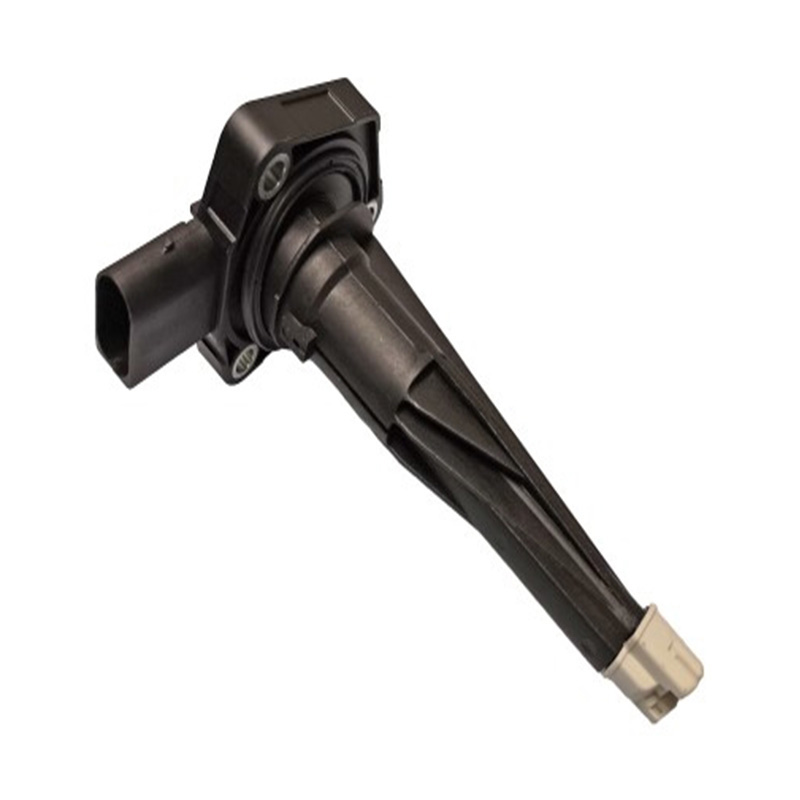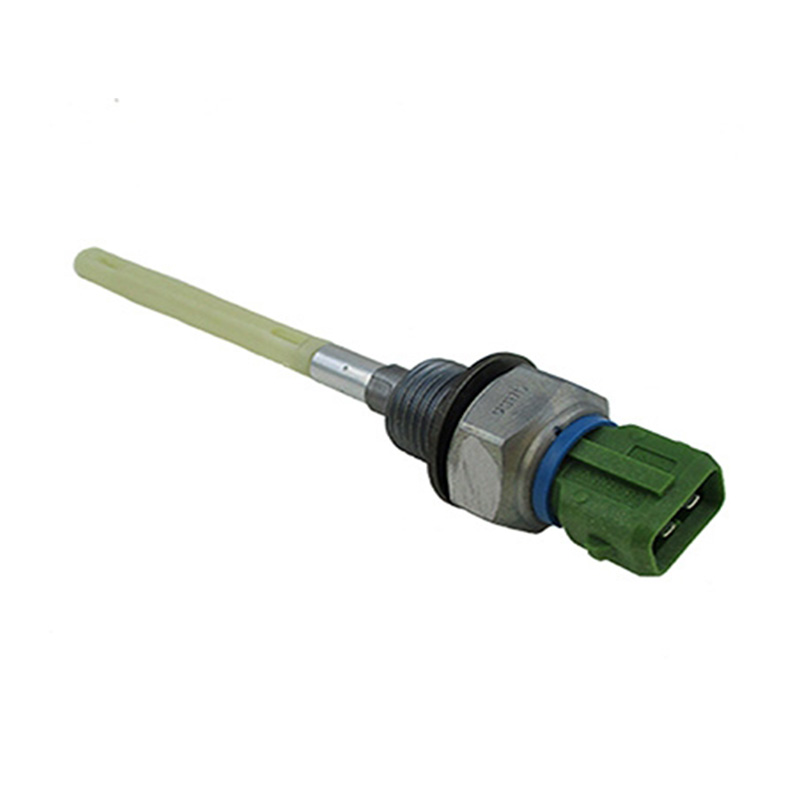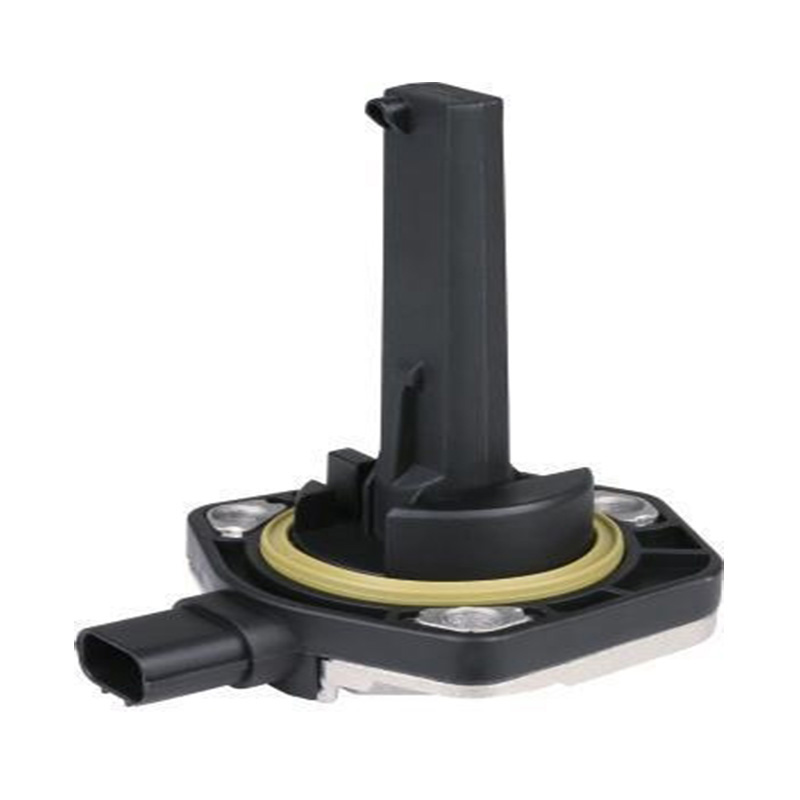OEM.NO:2505096
See DetailsAir Flow Sensor Function and Importance in Engine Efficiency
An air flow sensor is an essential component in these systems, providing accurate information about the volume or mass of air entering a system. This data is crucial for maintaining performance, fuel efficiency, and emissions control in engines, as well as regulating airflow in heating, ventilation, and air conditioning (HVAC) systems.
What Is an Air Flow Sensor?
An air flow sensor is a device that measures the amount of air moving through a system. In internal combustion engines, the sensor monitors the air entering the engine’s intake manifold to calculate the correct fuel-to-air ratio. Accurate air measurement is vital for combustion efficiency, engine power, and emission control.
In HVAC systems, air flow sensors monitor airflow through ducts to ensure proper ventilation, temperature distribution, and indoor air quality. These sensors can detect blocked vents, fan malfunctions, or leaks, allowing system adjustments to maintain comfort and efficiency.
Types of Air Flow Sensors
Air flow sensors can be broadly categorized based on measurement principle:
1. Mass Air Flow (MAF) Sensors
MAF sensors measure the mass of air entering the engine. These sensors are common in modern fuel-injected vehicles. MAF sensors often use a heated wire or film: the electrical current required to maintain the wire at a constant temperature correlates with the air mass passing by. MAF sensors provide accurate readings under varying temperature and pressure conditions.
2. Volume Air Flow (VAF) Sensors
VAF sensors measure the volume of air flowing into a system. These sensors are typically used in HVAC and industrial applications where mass flow is less critical than volumetric flow. VAF sensors may employ mechanical vanes or turbine wheels that rotate in proportion to airflow.
3. Hot Wire Air Flow Sensors
Hot wire sensors use a fine wire heated electrically. Air passing over the wire cools it, and the amount of cooling determines the air flow rate. The sensor’s electronic circuit adjusts the current to maintain a constant temperature, allowing precise airflow measurement.
4. Vane Meter Sensors
Vane meters use a spring-loaded flap in the intake path. As air pushes the flap, its angle is measured mechanically or electronically, providing information about airflow volume. This type is often found in older engines or simple HVAC systems.
5. Differential Pressure Air Flow Sensors
These sensors measure the pressure drop across a constriction in the airflow path, such as an orifice or venturi. The pressure difference is proportional to airflow rate and can be converted to volume or mass flow.
Working Principle
Air flow sensors convert physical airflow into electrical signals for monitoring or control. In automotive systems, the sensor output is sent to the engine control unit (ECU), which adjusts fuel injection to optimize combustion.
For HVAC applications, airflow data may be processed by building management systems to regulate fan speed, control dampers, or activate air purifiers. The sensor’s accuracy is critical for maintaining system efficiency and preventing energy waste.
Modern air flow sensors are designed to operate in varying temperature, humidity, and pressure conditions. Electronic signal conditioning and calibration help maintain precise measurements despite environmental changes.
Applications in Automotive Systems
1. Fuel Injection Control: The air flow sensor determines the correct fuel quantity for good combustion, improving fuel efficiency and engine performance.
2. Emission Control: Accurate airflow measurement reduces harmful emissions by maintaining the proper air-to-fuel ratio.
3. Turbocharged Engines: Sensors help monitor airflow entering turbochargers, optimizing boost pressure and performance.
4. Engine Diagnostics: Air flow data assists in detecting leaks, clogged air filters, or faulty sensors, aiding in maintenance and troubleshooting.
Applications in HVAC and Industrial Systems
1. Airflow Monitoring: Air flow sensors monitor duct airflow to ensure balanced ventilation and consistent temperature distribution.
2. Energy Efficiency: By detecting low or high airflow, systems can adjust fan speeds, reducing energy consumption.
3. Safety Control: Sensors can detect blocked ducts or fan failures, preventing overheating or insufficient ventilation.
4. Process Control: In industrial applications, airflow measurement ensures proper operation of chemical processes, combustion systems, or cleanroom environments.
Maintenance and Troubleshooting
Air flow sensors require routine inspection and maintenance to maintain accuracy:
Cleaning: Dust, oil, or debris can accumulate on sensor components, especially hot wire elements, affecting performance. Regular cleaning with appropriate solvents ensures accurate readings.
Inspection: Check wiring, connectors, and mounting points for corrosion, damage, or looseness.
Calibration: Some sensors may require recalibration to ensure accuracy after cleaning or replacement.
Replacement: Faulty sensors can poor engine performance, increased emissions, or inefficient HVAC operation. Regular monitoring and replacement prevent long-term issues.
Signs of malfunction include rough engine idle, reduced fuel efficiency, airflow imbalance, or error codes in diagnostic systems.
Advantages of Using Air Flow Sensors
Precision: Accurate measurement allows precise control over fuel injection or airflow in HVAC systems.
Efficiency: Proper airflow management reduces energy consumption and improves system performance.
Durability: Modern sensors are designed to withstand temperature fluctuations, vibration, and humidity.
Diagnostic Capability: Sensors provide real-time data for system monitoring and early detection of issues.
The air flow sensor is a critical component in modern engines, HVAC systems, and industrial processes. By providing precise measurement of air volume or mass, these sensors enable efficient operation, energy savings, and compliance with environmental standards. Regular inspection, proper cleaning, and timely replacement ensure these sensors continue to provide reliable and accurate readings in diverse operating conditions.





